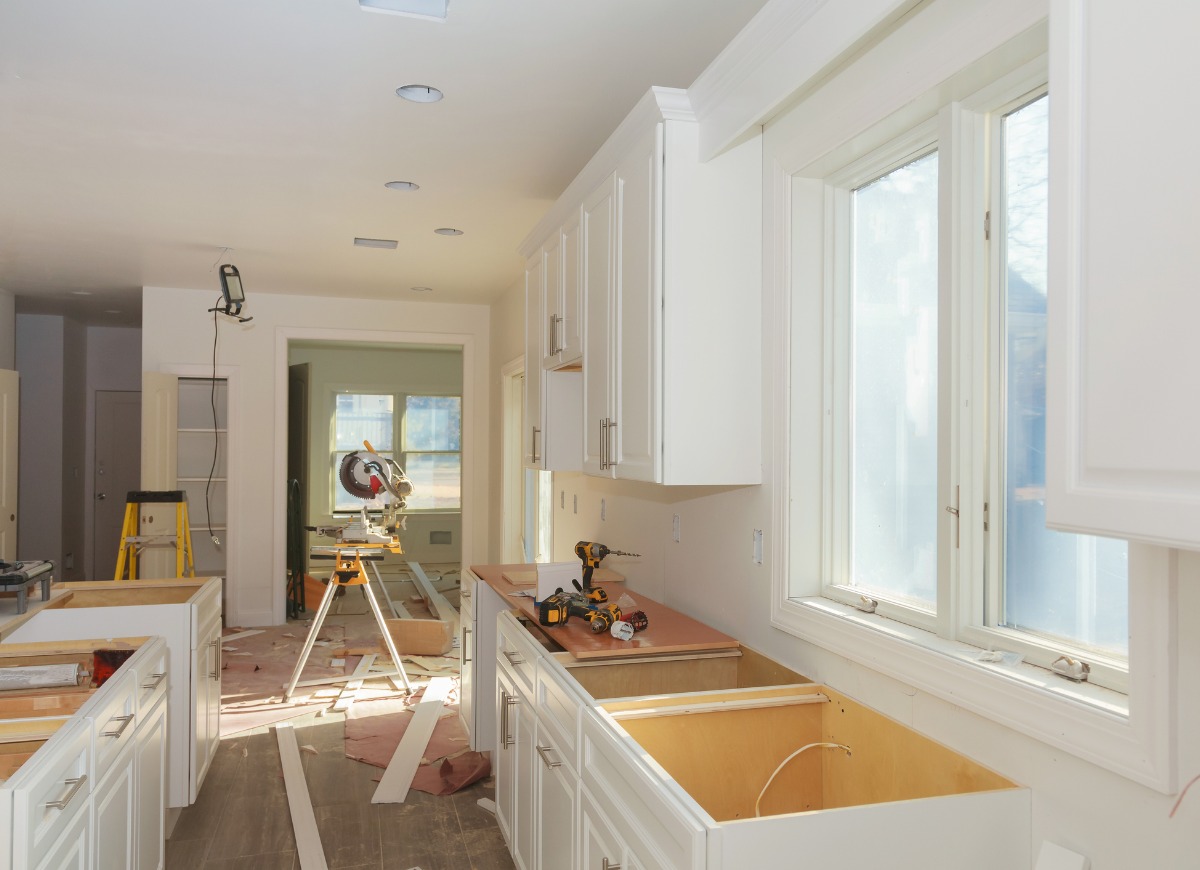UGANDA, Kampala | Real Muloodi News | Home renovations increase home value, improve functionality, and make the property more liveable, attractive, and comfortable.
The problem is, the cost of home renovations can add up quickly. However, with some strategic thinking about design, materials, and timing, you can cut costs without cutting corners.
Whether you’re embarking on a renovation journey or considering the prospect of building a new home, strategic decision-making remains paramount in optimizing costs without compromising quality. Just as the thoughtful selection of design, materials, and timing can influence the financial aspects of renovations, collaborating with experienced professionals is equally crucial in the context of new home construction.
Engaging with reputable custom home builders Sydney allows families to navigate the complexities of the building process efficiently. These experts bring a nuanced understanding of design optimization and cost-effective solutions, ensuring that the dream of a custom-built home is not only realized but also achieved within a reasonable budget. In the world of family home building, the expertise of custom home builders becomes a cornerstone in creating homes that are not just aesthetically pleasing but also financially prudent investments for the future.
Ways to Plan for a Cheaper Remodel:
1) Know your Objectives
Contractor, Lawrence Simiyu, recommends that before you begin, to make a list of the core objectives of the project. You want to stay focused, and prioritise what is most important.
“Making a list of what the project’s core objectives is crucial. It is also important to have a realistic picture of what each stage will cost,” he says.
2) The Plan is Critical
Always start with a detailed plan to ensure a successful renovation project. Make the plan as comprehensive as possible, so that you can keep track of the workflow and budget. The more time planning at the beginning means less cost overruns at the end.
3) Plan with Stock Sizes in Mind
Don’t build something 10 feet wide if plywood comes in 4-foot-wide sheets. The same applies to stock windows and doors. If you consider the manufacturers’ off-the-shelf dimensions from the outset, and you will save the premiums of custom fabrication.
4) Don’t Move the Sink or Toilet
If you can, design your plan so that plumbing amenities stay in the same place. “That often becomes the biggest part of the plumbing-price increase,” says Richard Trethewey, This Old House plumbing and heating expert.
5) Stick to the Plan
Be diligent and stick with the plan. Eliminate the words “while you’re at it…” from your vocabulary. Sticking to the plan prevents costly budget overruns and completing the project in the agreed time.
6) Make Decisions Early
Do some research and determine what you want in fixtures and appliances, and what they cost. This will help you stick to your budget.
You need to be absolutely specific about what you want, or else you’ll have to rely on your contractor’s estimates. Your contractor’s idea of what is acceptable may be quite different from yours, and as a result his estimates/allowances may not cover what you actually want. “Ninety-eight percent of the time, allowances are too low,” says Tom Silva. For instance, you may have had a glass-tile backsplash in mind, but your contractor’s bid was for ceramic.”
7) Pick Your Contractors and Materials With Care
Simuyu advises to search for the best contractors and materials instead of rushing to the first option. Look to friends and family for recommendations, or research social media reviews. “Home and property social media pages… will give you a candid review,” Simuyu explains.
8) Budget for Overruns
Build a 20 per cent cushion into your budget to cover the unexpected surprises. You WILL have unexpected things come up, without fail. So expect that and budget for it from the outset.
9) Leverage Your Contractors’ Sources
For things like flooring, ask your contractor if he has odds-and-ends left over from other jobs.
While renovating a home some years back, contractor Bill Asdal needed wood flooring. Through his sources, he came up with enough wood in various lengths and widths from other job sites, that otherwise would have gone into the trash. He planed it to uniform thickness, sanded and refinished it, and saved millions of shillings in materials costs.
10) Do Some of the Work Yourself
Homeowners can help defray some of the construction cost by doing some of the work themselves. You can handle your own demolition, or do some of the finish work yourself.
“If you want to save money, dig in and start helping out,” says contractor Tom Silva. “You can insulate, you can paint, you can sand.” Or better still, he says, help with cleanup every day. “Instead of paying someone to pick up sawdust off the floor, put your money into the time it takes to trim the window properly,” he advises.
11) Know When to Stop
Rachel Morgan Cautero, homeowner, advises, “Remember that home renovation is a marathon, not a sprint. Live with your changes for a bit and know when to take a breather.”
Christopher Bigambo, a contractor, says you should walk around the house and make a list of unfinished work. Determine which tasks to prioritise, and which projects to combine, such as painting all rooms on the same day when possible.
The reality about home renovations is that every little thing adds up. So it is important to decide whether to renovate, or demolish the entire house and start from scratch. Sometimes the latter is the cheaper option.
Coming Soon: In Part 2 of this series, we will explore which renovations will give you the best return on investment.
READ MORE LIKE THIS:



